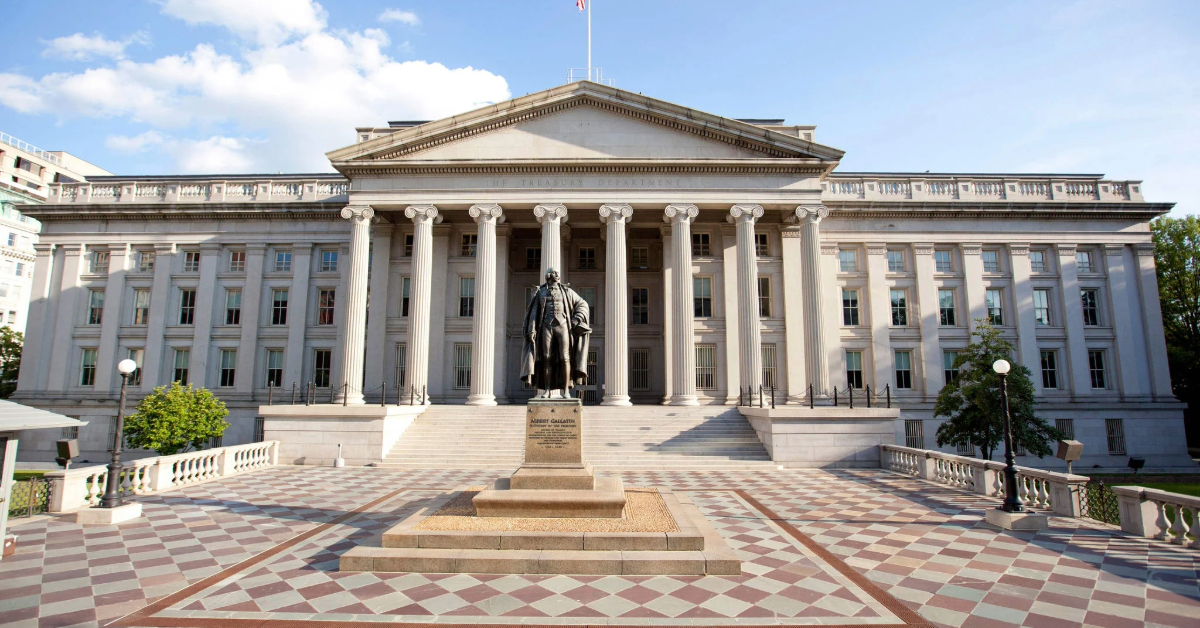The US Treasury has labeled CIBanco, Intercam, and Vector as primary money laundering concerns linked to opioid trafficking, imposing strict new sanctions under the FEND Off Fentanyl Act.
In an unprecedented move under the FEND Off Fentanyl Act, the U.S. Department of the Treasury’s Financial Crimes Enforcement Network (FinCEN) announced Wednesday that three major Mexico-based financial institutions—CIBanco, Intercam, and Vector Casa de Bolsa—have been officially designated as primary money laundering concerns tied to the illicit opioid trade.
The Treasury’s sweeping order, published under its expanded authority to combat fentanyl trafficking, prohibits U.S. financial institutions from conducting fund transfers to or from the three named entities. This includes transactions involving convertible virtual currencies associated with them. The prohibitions will take effect 21 days after publication in the Federal Register.
“These institutions are enabling the poisoning of countless Americans by moving money on behalf of cartels, making them key cogs in the fentanyl supply chain,” said Treasury Secretary Scott Bessent in a statement. “The United States will use every tool at its disposal to cut off financial support for the organizations driving this crisis.”
This marks the first enforcement action under the recently enacted FEND Off Fentanyl Act, a bipartisan initiative designed to disrupt the financial networks behind fentanyl and other synthetic opioids.
Banks and brokers as cartel collaborators
CIBanco, Intercam, and Vector collectively manage or hold more than $22 billion in assets. According to FinCEN, they have been instrumental in laundering millions of dollars for some of Mexico’s most violent drug cartels, including the Sinaloa Cartel, the Jalisco New Generation Cartel (CJNG), the Gulf Cartel, and the Beltrán Leyva Organization.
CIBanco—a commercial bank with over $7 billion in assets—was found to have maintained longstanding ties with criminal enterprises. In one cited instance from 2023, a CIBanco employee knowingly helped a Gulf Cartel member open an account allegedly used to launder $10 million. From 2021 to 2024, the bank processed more than $2.1 million in transactions between Mexico-based front companies and Chinese suppliers of chemical precursors used in fentanyl production.
FinCEN’s investigation accuses the bank of directly enabling the acquisition of precursor chemicals from China, often through intermediaries and shell entities, to supply Mexico’s fentanyl manufacturers.
Intercam, which manages approximately $4 billion in assets, was likewise found to have processed illicit transfers of funds destined for chemical purchases from China. In late 2022, the bank’s executives reportedly held a meeting with alleged members of the CJNG to arrange money laundering schemes that involved routing funds from Chinese chemical suppliers through Mexican businesses.
Between 2021 and 2024, Intercam handled more than $1.5 million in transactions from Mexico to a China-based company known for supplying precursor chemicals to cartels.
Vector Casa de Bolsa, a brokerage firm with nearly $11 billion under management, also appears in FinCEN’s findings. Between 2013 and 2021, a Sinaloa Cartel operative used Vector to launder $2 million from the United States to Mexico through various complex schemes. From 2018 to 2023, the firm facilitated more than $1 million in payments to Chinese companies linked to fentanyl precursor shipments.
FinCEN asserts that Vector’s involvement was not limited to negligence but included patterns of deliberate facilitation for known cartel affiliates.
Diplomatic context and consequences
While the designations are punitive, FinCEN noted that the actions are part of ongoing cooperation between U.S. and Mexican authorities. The Treasury emphasized that information sharing and cross-border enforcement remain core pillars of the two nations’ anti-narcotics efforts.
Nevertheless, the impact of the designations will be severe for the targeted institutions. Once the 21-day window closes, any U.S. financial institution that continues to process transactions involving the named entities may face significant penalties, including loss of access to the U.S. banking system.
Beyond direct restrictions, the announcement is likely to rattle Mexico’s financial sector, especially for firms operating in lightly regulated spaces or lacking robust compliance measures.
A broader strategy against cartels
The designations arrive as part of a broader crackdown on transnational criminal organizations. Although the FinCEN orders are administrative in nature, they follow growing political pressure in the U.S. to take more aggressive action against Mexican cartels.
The measures also dovetail with renewed calls from former President Donald Trump to formally designate Mexican cartels as foreign terrorist organizations, a move that would unlock even more sweeping counterterrorism powers. Trump, who has repeatedly criticized the U.S.–Mexico border policy and the flow of fentanyl, issued an executive order to that effect during his previous term.
Though the Biden administration has not adopted that classification, Wednesday’s designations signal a more aggressive approach to attacking cartel finances at their source.
What comes next?
CIBanco, Intercam, and Vector have not yet publicly responded to the designations. Mexican regulators and government officials are also expected to weigh in as the full implications of the U.S. orders are assessed.
For now, FinCEN has issued a clear warning to other financial institutions: any ties to drug cartels or their supply chains will not be tolerated, and cooperation—even indirect—with the fentanyl trade will be met with forceful consequences.
The US Treasury has labeled CIBanco, Intercam, and Vector as primary money laundering concerns linked to opioid trafficking, imposing strict new sanctions . . .











